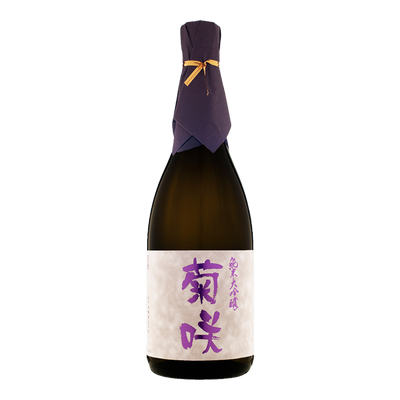Old Wine In A New Bottle?
Text: Vicky Fung
Born in the 70s, I was brought up by Roman Law’s Below the Lion’s Rock, fed by the melodies by Joseph Koo and cradled with the lyrics of James Wong. While I try not to be nostalgic, I am truly grateful that I was nurtured by the works of these two magnificent Cantonese pop song giants. I loved listening to the song when I was young. As I grew up and learn along the way as I composed music and wrote lyrics, I have a deeper appreciation towards these valuable treasures.
Growing up in the 70s and 80s, I was not only surrounded by household-known theme songs from TV dramas, there were also the voices of Roman Law, Jenny Tseng and Adam Cheng. Anita Mui and Leslie Cheung filled my secondary school years. Then came the Cantonpop Four Heavenly Kings (Jacky Cheung, Leon Lai, Andy Lau and Aaron Kwok) when I was in university, followed by Sammi Cheng, Eason Chan and Joey Yung etc. A bountiful era which followed the rules from forefathers and created a unique note of its own.
Like Old World wines, the character and style of these songs were based on tradition. Production methods were regulated. The then music industry wanted to establish an industry with rules and which were supplementary to some certain traditional media. Of course, it would be hard to compare the Cantonpop’s 40 or-so years of history with the historic wine industry. But if Cantonpop were to be divided or categorized into different “worlds”, most Hong Kongers would agree with me that the household classics are from the Old World and the New World pieces has slowly crept into our palette. Old World refers to wines made in countries where wine originated, including France, Italy, Spain, Germany, Portugal, Austria and most Middle East countries. Whereas New World refers to wines from countries or regions that borrowed winemaking traditions from the Old World and started their own wine cultures within the past 100 years. New World wine countries include USA, Australia, South Africa, Chile, Argentina, New Zealand and Japan etc. In short, Old World Wines have more rules to make them deliver a more uniform/consistent character; but it doesn’t mean New World doesn’t have its own rules, but it’s just more flexible. With application of various techniques and instruments, New World wines can have a wider variety of character and style.
So it seems…the Old World sounds more conservative and the New World sounds more groundbreaking, but isn’t the world a cycle of establishing, and then getting rid of the old and bringing in the new? A new impetus has swept the local Cantonpop scenary and brought us all into a new world of music from the old world. Songwriter-turned-singer Terence Lam was brought up in the pop music scene; local diva Serrini was crowned by the music communities unlimited by traditional meda and local boyband Mirror was sculpted by a daring and creative new TV channel. Some might say, “I haven’t heard of them” or “Old songs were better”, just like some drinkers who claim they only drink wines from certain years, regions or of certain styles. In the end, its actually just preference towards a certain memory or feeling and does not make that person seem more classy or prestigous. Wines from the New World aren’t just wine stored in new bottles, but are carriers of tradition and innovation. Old and New Worlds are not for comparison, but are for cultural inheritance. Tastes, should always advance with changes in time. It is a process of never-ending exploration and one should always possess an open-minded attitude to truly appreciate the evolutions in life.
*Old World Wine 舊世界美酒* *New World Wine 新世界美酒*






